
Colorful Icelandic Landscape with Field of Green Grass in the Ju Stock
21 August 2019 In this article Iceland's grass-roofed houses are undoubtedly a part of the country's persona and heritage. Through the rough climate and isolation, the turf houses kept the Vikings warm and throughout 11 hundred years until the houses you might see today were built.
The Mossy Lava Fields of Iceland Amusing
If the cultural heritage and vernacular building customs are to be preserved, the value of turf houses must be increased. The few turf houses that have been restored function as open-air museums, while the remaining ones will disappear if they are not maintained. There is no need for more open-air museums, and the National Museum of Iceland.
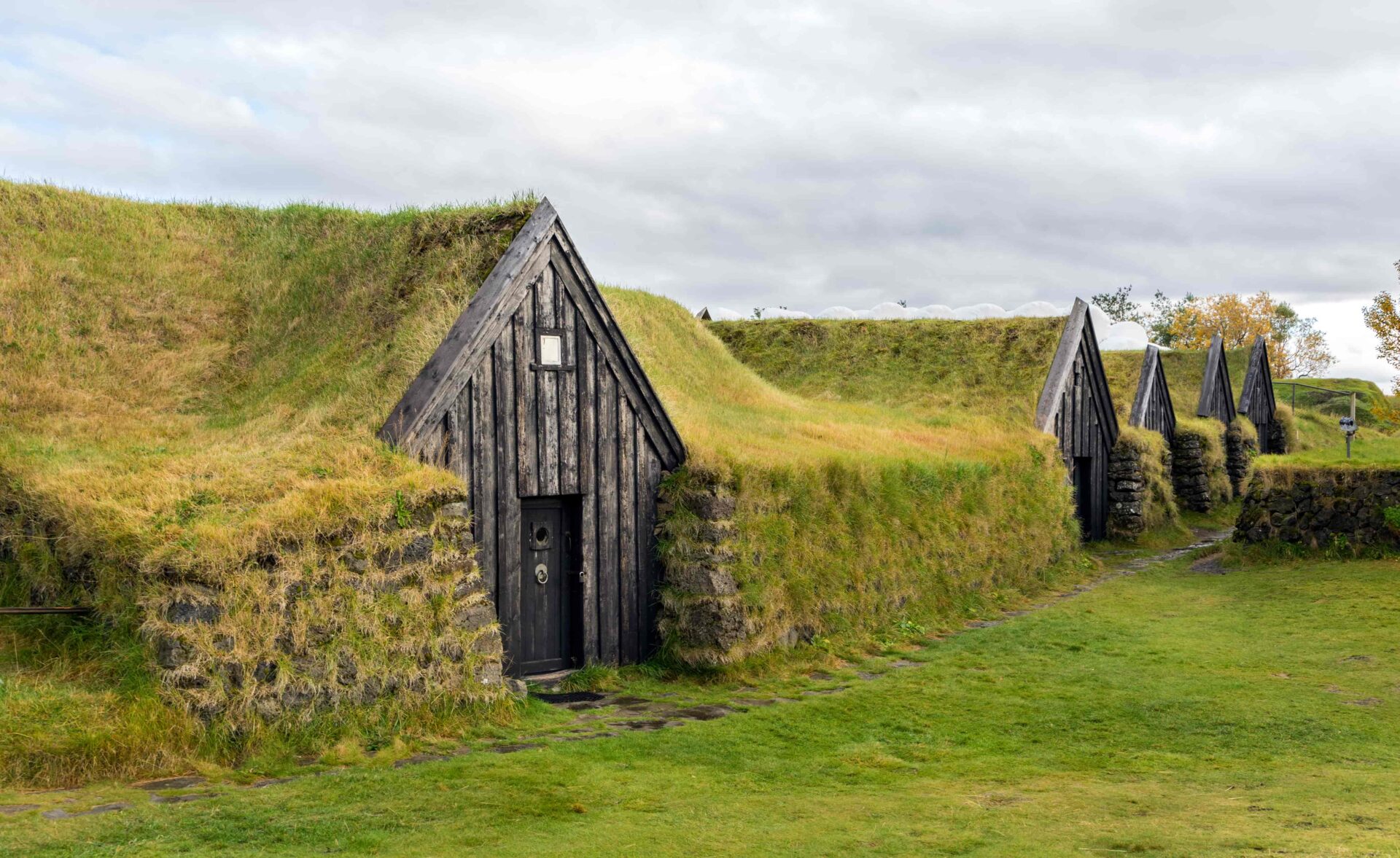
Keldur Turf Houses Iceland Travel Guide
What are Icelandic turf houses? How were they built, what were they like to live in, and when did they stop being used? Are there any historical turf houses left in Iceland, and where can you find them? Continue reading for the ultimate guide to turf houses in Iceland. Find the Widest Selection of Tours on Offer in Iceland
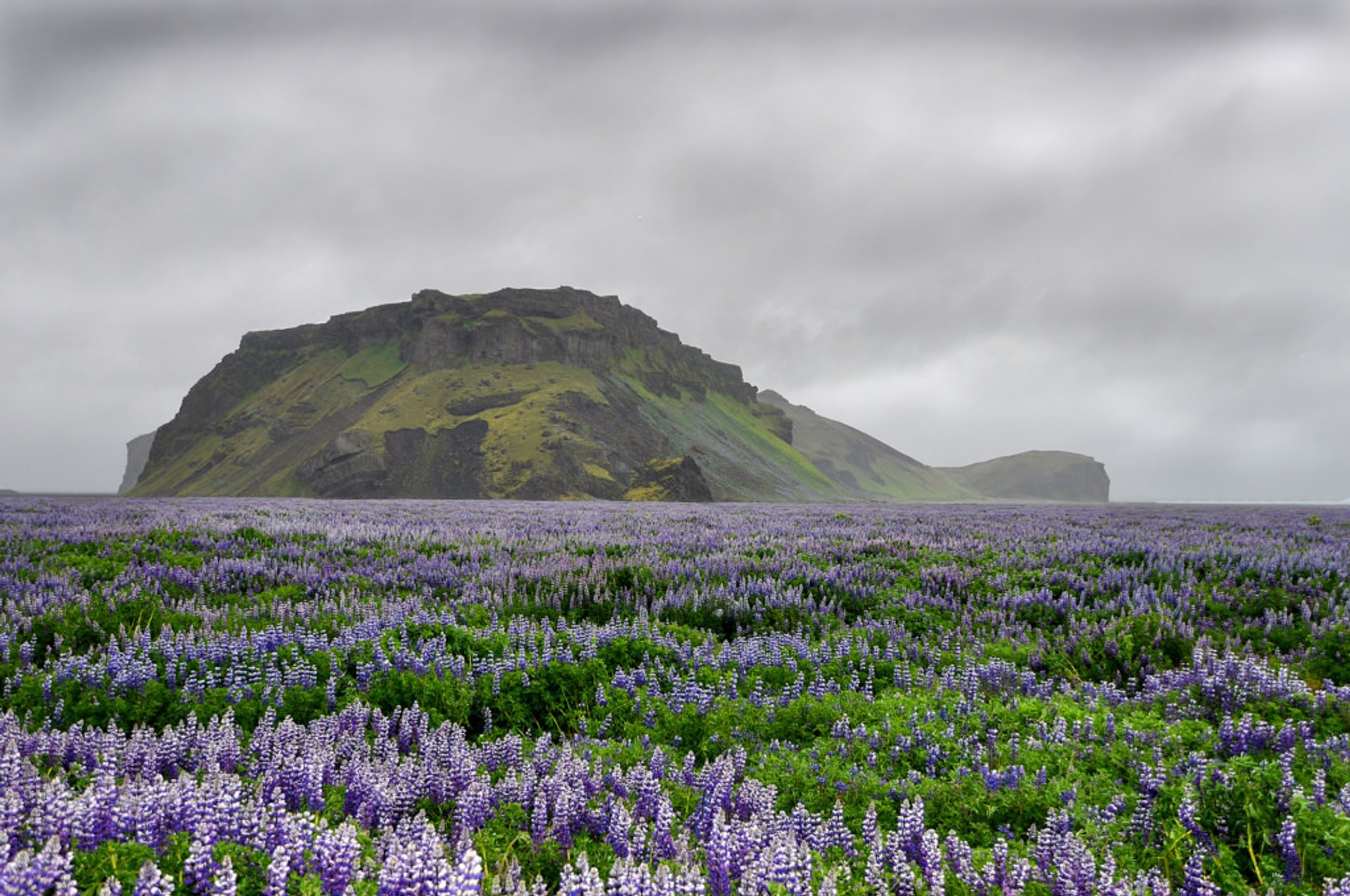
Best Time for Lupin Blooming in Iceland 2024 When to See Rove.me
The Grafarkirkja turf church, located in Höfðaströnd in North-Iceland, is actually Iceland's oldest turf church. The current structure dates back to the 17th century, and it is one of the few remaining turf churches in Iceland. How to Find Abandoned Turf Houses in Iceland and What to Expect

Typical Icelandic Landscape with Field of Green Grass in the Jun Stock
The oldest turf house in Iceland is the historical farm of Keldur on the South Coast of Iceland. A typical Icelandic turf farm was a cluster of buildings connected by earth corridors. Keldur is one of very few preserved turf houses in South Iceland, along with the f.ex. the turf house at Austur-Meðalholt, now a museum, and the reconstructed.
The Mossy Lava Fields of Iceland Amusing
The present turf house at Grenjaðarstaður dates back to the 19th century, and the oldest parts of it date back to 1876. This building material, turf or sod, was used as it was cheap and convenient. It insulated the houses and kept the cold out, which was essential during the long and cold winters in Iceland.

Iceland's Eldhraun Lava Field Unmissable Sights Of Iceland's Moss
Book Now Pay Later, Cancel Free. 24 7 Live Customer Service In Your Language. Budget To Luxury, Hotels and Homes. Your Trusted Travel Partner for Rooms & Flights
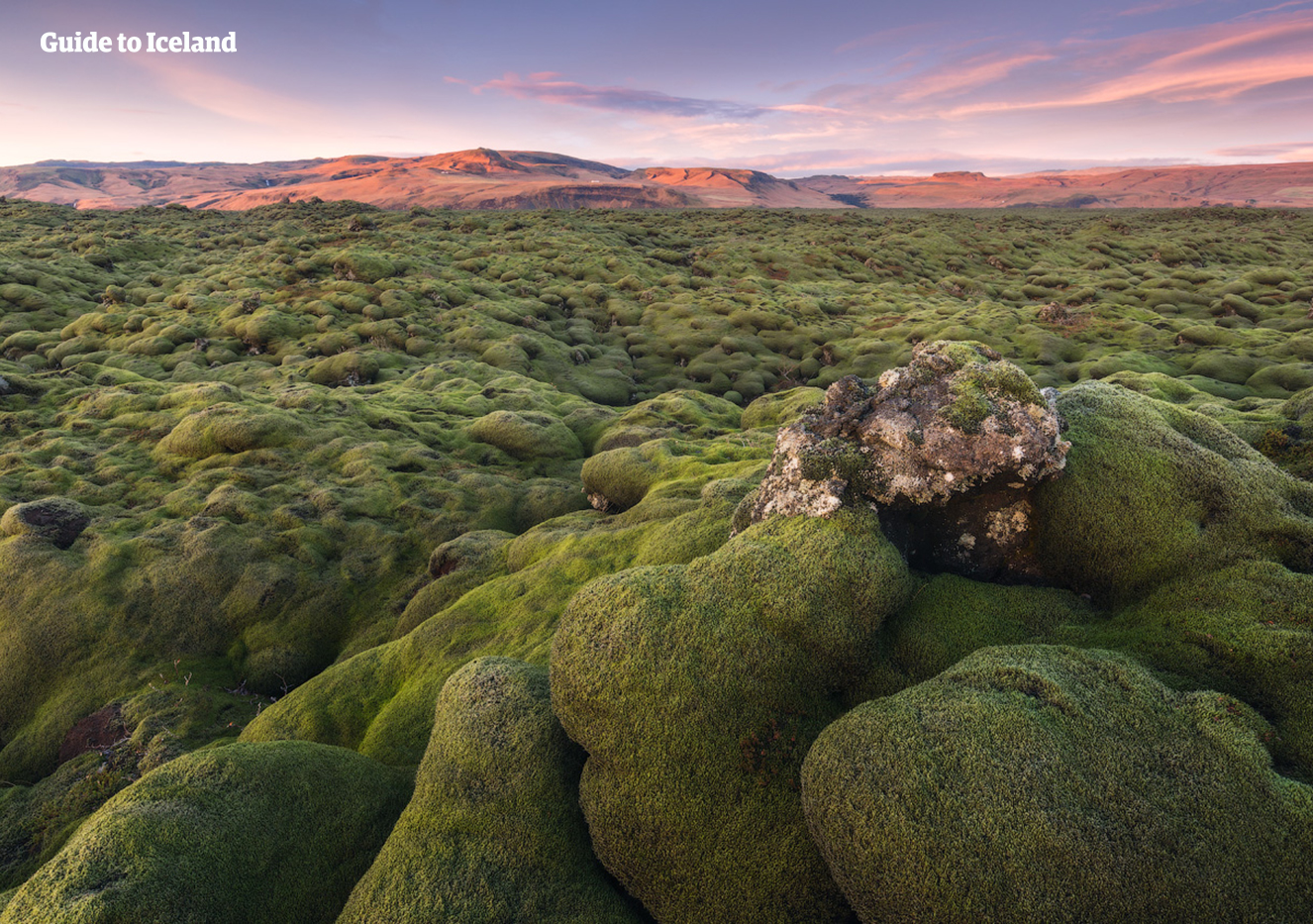
Eldhraun Guide to Iceland
About. The Icelandic Turf House: the Jewel of Arctic Architecture. The house that kept Icelanders alive and nurtured their culture through the centuries. How they were built, how they were lived in, their origin and cultural context, contemporary significance, subtlety and beauty. Collection of original houses and in detail exhibitions.
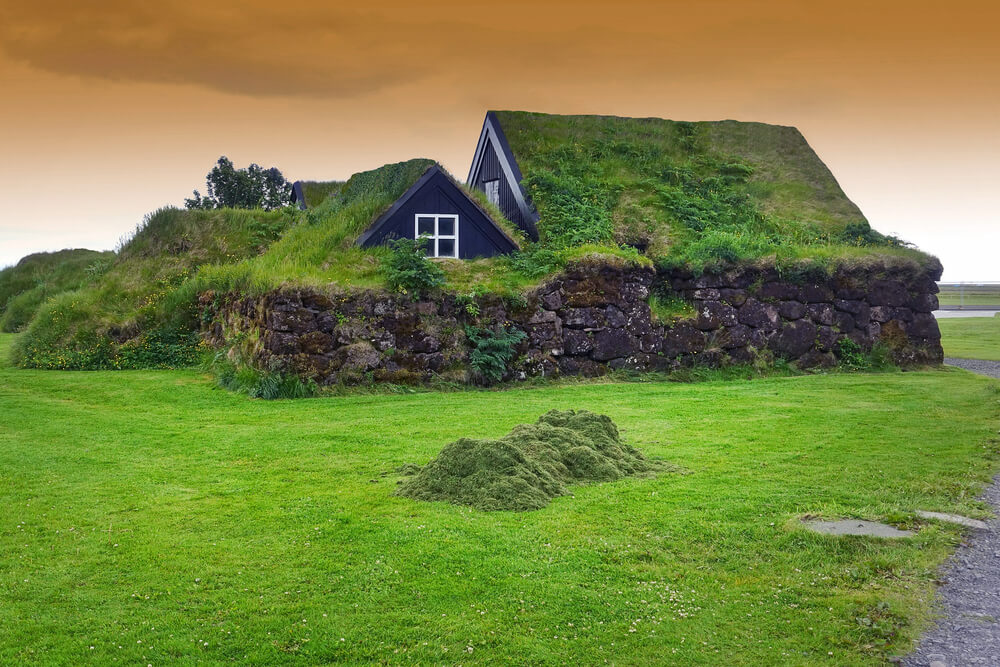
Icelandic Turf Houses Classic Iceland
Þverá turf houses are under repair and are closed to visitors at the moment. Almost all of Iceland's remaining turf houses now belong to our National Museum Þjóðminjasafn Íslands and are a part of the National Museum's Historic Buildings Collection. Þverá turf farm has belonged to the museum since 1968 and it was preserved in 1990.

Wallpaper nature, landscape, grass, field, drone photo, aerial view
The Icelandic turf farmstead has developed from the long house; a Northern European tradition brought to the country by the Nordic settlers. As their name suggests, turf is one of the main materials used for its construction.. From under the lava fields surrounding the farm around 200 springs flow with ice-cold water.
Moods of Autumn Arctic Photo Iceland Icelandic Landscape Photography
Islenski Baerinn BHM vacation cottages by PKdM Arkitektar — Today many architects are putting contemporary touches on the traditional turf home. Icelandic vacation houses by PKdM Arkitektar.

Why You Should Visit Iceland's Eldhraun Lava Field at Least Once in
Icelandic turf houses ( Icelandic: torfbæir [ˈtʰɔrvˌpaijɪr̥]) are timber structures with turf walls and turf as a cover for the roof. Turf houses have been constructed since Iceland was settled in the 9th century. [1] Turf houses were the product of a difficult climate, offering superior insulation compared to buildings solely made of.

The Fields of Vik 2 Nature in 2019 Iceland, Travel, Places
Through the centuries the history of building houses in Iceland deals mainly with various types of turf farmhouse. Before concrete took over around 1900, turf, stone and wood were the main construction materials used here. The timber was either driftwood or imported wood. Houses built from these materials are rather short-lived so that there.
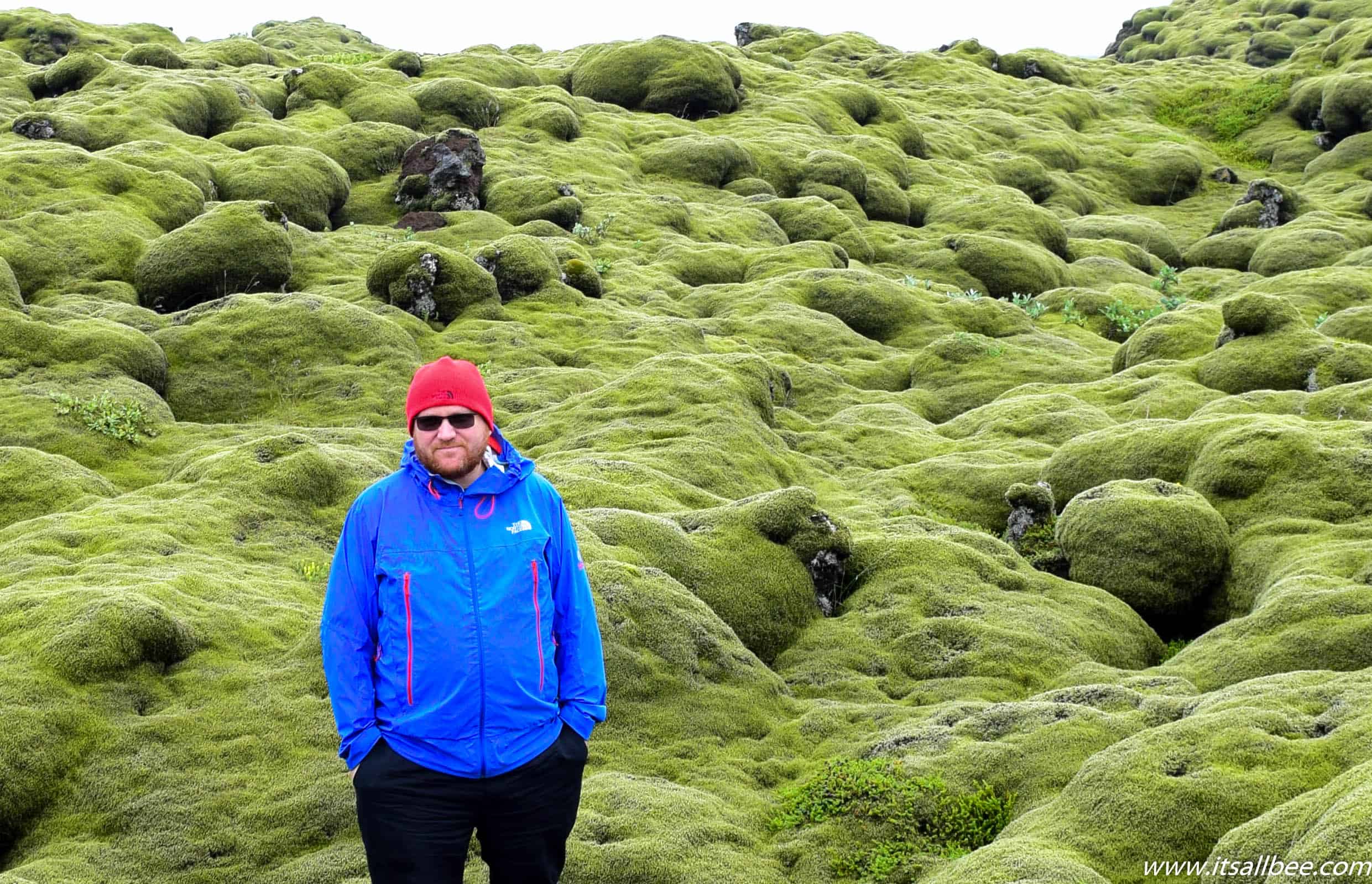
Iceland's Eldhraun Lava Field Unmissable Sights Of Moss Covered
A turf house is a house built with earth, with a roof that consists of turf and grass. The top layer of the earth is used, which is soil that is bound together by grass and plant roots. The first Icelandic turf houses generally had a foundation made of flat stones, whereupon a wooden frame was built which had to hold the weight of the turf.

Iceland’s Berserk Lava Field in Snaefellsnes a geological wonder
Built and enlarged over the 18th and 19th Centuries, and used as a priest's house as well as a farmhouse, Glaumbær is Iceland's most extensive and intact group of turf buildings. The main.
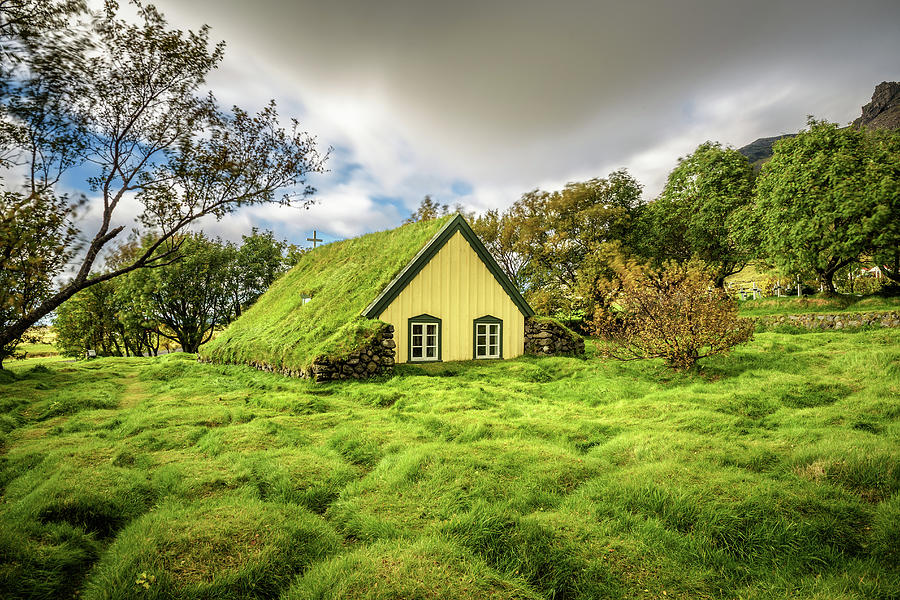
Turf Church in icelandic village of Hof, Skaftafell Iceland Photograph
The first turf houses in Iceland consisted of one large space, and the design resembled longhouses built by Vikings in other countries. The exterior walls were made of turf, and sometimes there were light wooden interior walls that divided the space into two or three rooms.